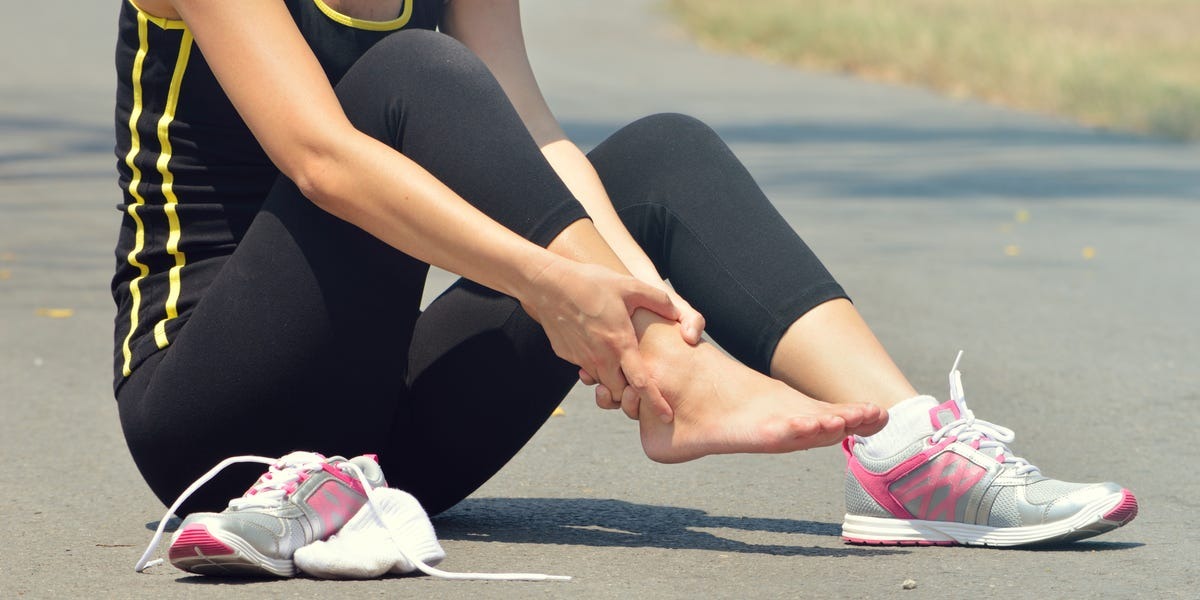- 27 March 2024
- 255
Injury Prevention Tips: Building Resilience for Physical Activities

Why Injury Prevention Tips Matter
Injury prevention tips are vital for anyone leading an active lifestyle. Whether you’re a seasoned athlete or a casual fitness enthusiast, avoiding injuries is key to sustaining your physical health and overall well-being. By implementing effective strategies, you can minimize the risk of injuries and continue enjoying your favorite activities without setbacks.
Understanding the Importance of Warming Up and Cooling Down Effectively
Warming up and cooling down effectively play a crucial role in injury prevention. Before engaging in any strenuous physical activity, it’s essential to prepare your muscles and joints by gradually increasing blood flow and flexibility. Likewise, cooling down allows your body to gradually return to its resting state, reducing the likelihood of muscle soreness and injury.

Incorporating Dynamic Stretches into Your Routine
Dynamic stretches are an excellent way to warm up before exercising. These movements involve continuous, controlled motions that mimic the activity you’re about to perform. By incorporating dynamic stretches into your routine, you can improve circulation, enhance flexibility, and reduce the risk of strains or sprains during physical exertion.
Prioritizing Strength and Stability Training
Strength and stability training are essential components of any injury prevention regimen. By strengthening the muscles surrounding vulnerable joints, you can provide better support and protection against impact-related injuries. Additionally, improving overall stability enhances balance and coordination, reducing the likelihood of falls or accidents during physical activity.
Maintaining Proper Form and Technique
Maintaining proper form and technique is paramount for injury prevention. Whether you’re lifting weights, running, or practicing yoga, executing movements correctly minimizes stress on your muscles and joints, lowering the risk of overuse injuries or strains. Investing time in learning proper form can significantly contribute to your long-term physical health and performance.
Listening to Your Body’s Signals
Listening to your body’s signals is essential for injury prevention. Pay attention to any signs of discomfort, pain, or fatigue during physical activity, as these could indicate underlying issues or potential injury risks. Ignoring these signals and pushing through pain can exacerbate injuries and lead to more severe consequences down the line.
Incorporating Rest and Recovery into Your Routine
Rest and recovery are integral parts of any effective injury prevention strategy. Giving your body adequate time to recover between workouts allows for muscle repair and regeneration, reducing the risk of overtraining and chronic injuries. Make sure to prioritize rest days and incorporate activities like foam rolling or gentle stretching to aid in recovery.
Investing in Proper Footwear and Equipment
Investing in proper footwear and equipment is crucial for injury prevention, especially for activities like running, hiking, or playing sports. Ill-fitting shoes or worn-out gear can increase the risk of blisters, sprains, or other foot-related injuries. Choose footwear and equipment that provide adequate support, cushioning, and stability for your specific activity.
Staying Hydrated and Nourished
Staying hydrated and nourished is vital for supporting your body’s overall health and resilience against injuries. Proper hydration helps maintain optimal muscle function and joint lubrication, reducing the risk of cramps and dehydration-related issues. Additionally, consuming a balanced diet rich in nutrients supports muscle recovery and immune function, promoting overall well-being.

FAQs
1. Why are injury prevention tips important for active individuals?
Injury prevention tips are crucial because they help individuals avoid common injuries associated with physical activity. By following these tips, people can maintain their overall health and well-being while enjoying their favorite sports and exercises.
2. How can warming up and cooling down effectively help prevent injuries?
Warming up before exercise increases blood flow to muscles, improves flexibility, and prepares the body for activity, reducing the risk of strains and sprains. Cooling down allows the body to gradually return to its resting state, reducing muscle soreness and preventing injuries.
3. What are dynamic stretches, and how do they contribute to injury prevention?
Dynamic stretches involve continuous, controlled movements that mimic the activity you’re about to perform. These stretches improve circulation, flexibility, and muscle activation, reducing the risk of injuries during physical activity.
4. Why is proper form and technique essential for injury prevention?
Maintaining proper form and technique during exercise minimizes stress on muscles and joints, reducing the risk of overuse injuries or strains. By executing movements correctly, individuals can prevent injuries and improve overall performance.
5. How can individuals listen to their body’s signals to prevent injuries?
Listening to the body’s signals involves paying attention to discomfort, pain, or fatigue during physical activity. Ignoring these signals can lead to injuries, so it’s essential to rest when needed and address any issues before they worsen.
Conclusion: Prioritizing Injury Prevention for Long-Term Health
In conclusion, injury prevention tips are essential for maintaining a safe and sustainable active lifestyle. By incorporating strategies such as warming up and cooling down effectively, prioritizing strength and stability training, and listening to your body’s signals, you can minimize the risk of injuries and enjoy your favorite activities to the fullest. Remember to stay proactive, listen to your body, and prioritize long-term health and well-being above all else.

